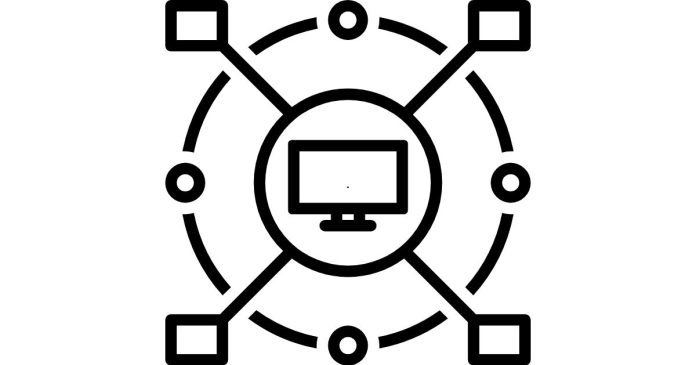A computer network is a system that connects multiple computing devices to share resources and information. Understanding computer networks is crucial for anyone interested in IT, cybersecurity, or software development. In this tutorial, we’ll explore the fundamental concepts of computer networking to help you get started.
What is a Computer Network?
A computer network is a set of interconnected devices, such as computers, routers, switches, and servers, that communicate with each other to exchange data. These devices are connected via wired (Ethernet) or wireless (Wi-Fi) communication channels.
Key Types of Networks
– LAN (Local Area Network): A network confined to a small geographic area like a home or office.
– WAN (Wide Area Network): Covers a broader area, such as a city or even a country, linking multiple LANs.
– MAN (Metropolitan Area Network): Connects networks within a city or a large campus.
– VPN (Virtual Private Network): Extends a private network across a public one, ensuring secure communication.
Essential Components of a Network
1. Devices: These include computers, smartphones, printers, and any device that participates in the network.
2. Transmission Media: Can be wired (cables) or wireless (radio waves, fiber optics).
3. Router and Switch: Routers connect different networks, while switches facilitate communication within the same network.
4. Protocol: The set of rules that determine how data is transmitted and received. The most common protocol is TCP/IP (Transmission Control Protocol/Internet Protocol).
How Does Data Travel?
Data in a network is divided into small packets and transmitted across various paths. Each packet carries part of the information and reaches its destination through routers and switches, which direct it to the correct address. The protocol ensures that the packets are reassembled correctly upon arrival.
Conclusion
Learning computer networking is an essential skill in today’s technology-driven world. By understanding the basics of networks, you can dive deeper into more advanced topics like network security, routing, and cloud computing. With continuous practice and exploration, you’ll develop the expertise needed to troubleshoot and design robust network infrastructures.



